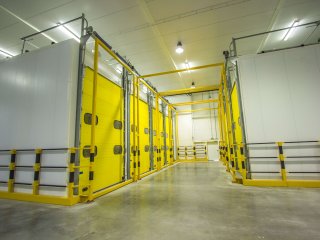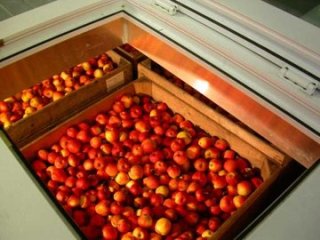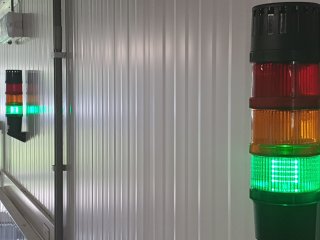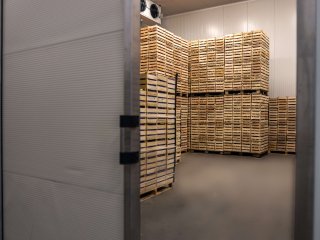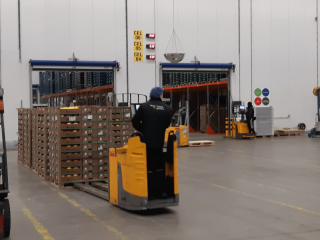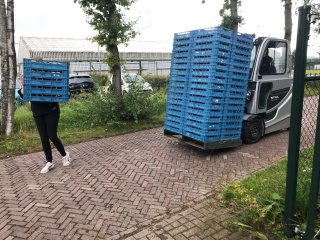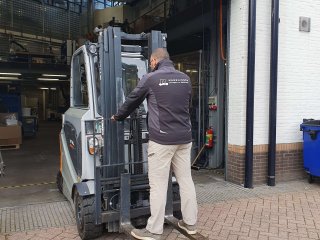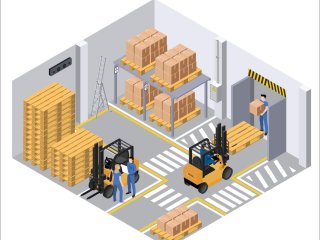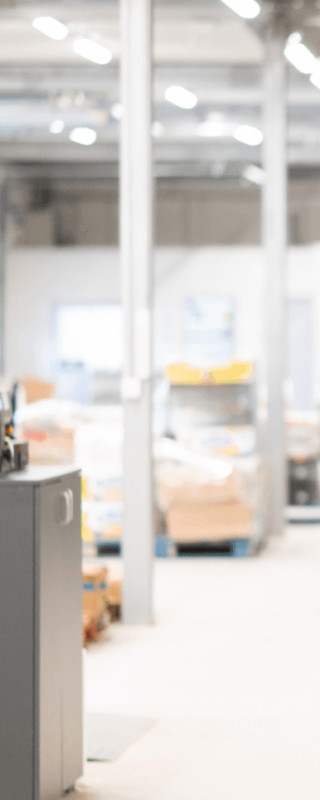
Ensuring personal safety
Storage and packhouse facilities are dynamic environments with various risks. Examples are trucks, forklifts and risks of slipping. Sometimes the packhouse is equipped with Controlled Atmosphere (CA) storage rooms with low oxygen. Exposure to low oxygen is one of the greatest dangers for persons. Remember that your safety is not only important for you. Also think about your family, your colleagues, and your organization. Always ask and follow the safety guidelines of your work location. In addition, pay close attention to the risks in your work environment. Look around and ask yourself what could go wrong?
Directly to
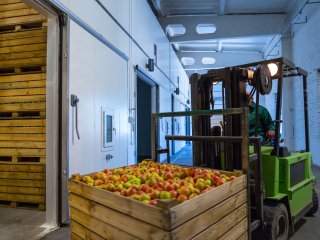
Safety at companies in the fresh chain
Companies dealing with fresh produce have very busy periods, especially when the harvest comes in and during sorting and packing. Forklift traffic is then one of the great dangers. When an accident with a forklift happens, the consequences are usually very serious. But also between the busy periods there are risks that you have to be aware off. Confined spaces, especially storage rooms, pose a danger due to abnormal air conditions. It is very important to always respect the safety guidelines of the location. On this page we describe a number of general safety measures, but we can never be complete. Therefore, in addition to this information, always inform yourself about local safety regulations and individual company policies.
Dangers at confined spaces
Dangers with traffic
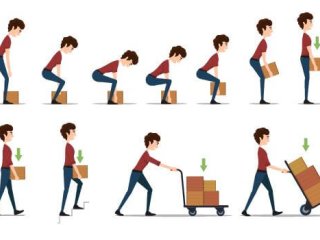
Lifting and handling
The right method for lifting and handling loads can help prevent injuries and prevent back pain. Some tips are: adopt a stable standing position, ensure a good grip on the load, use your legs to lift, keep the load close to the body. Above all, know your limits! Just walk an extra time if items to carry are too much at once. For example, use a cart if the items to be transported are too heavy. Get yourself well informed in more detail about safe lifting and handling methods.
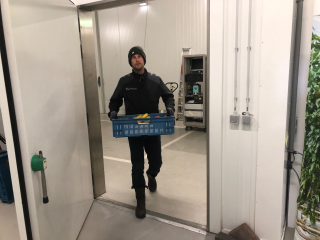
Protective clothing
Rules on protective clothing may apply to your workplace. It depends on your job. Especially in dark areas with (forklift) traffic, it may be a requirement to wear a high visibility safety vest or jacket. Closed toe shoes or, even better, safety shoes protect your feet. Protective gloves can prevent injuries to fingers. Although not always comfortable, it is for you own safety. Warm clothing should be worn in cold environments.
"Prevention is better than cure"
